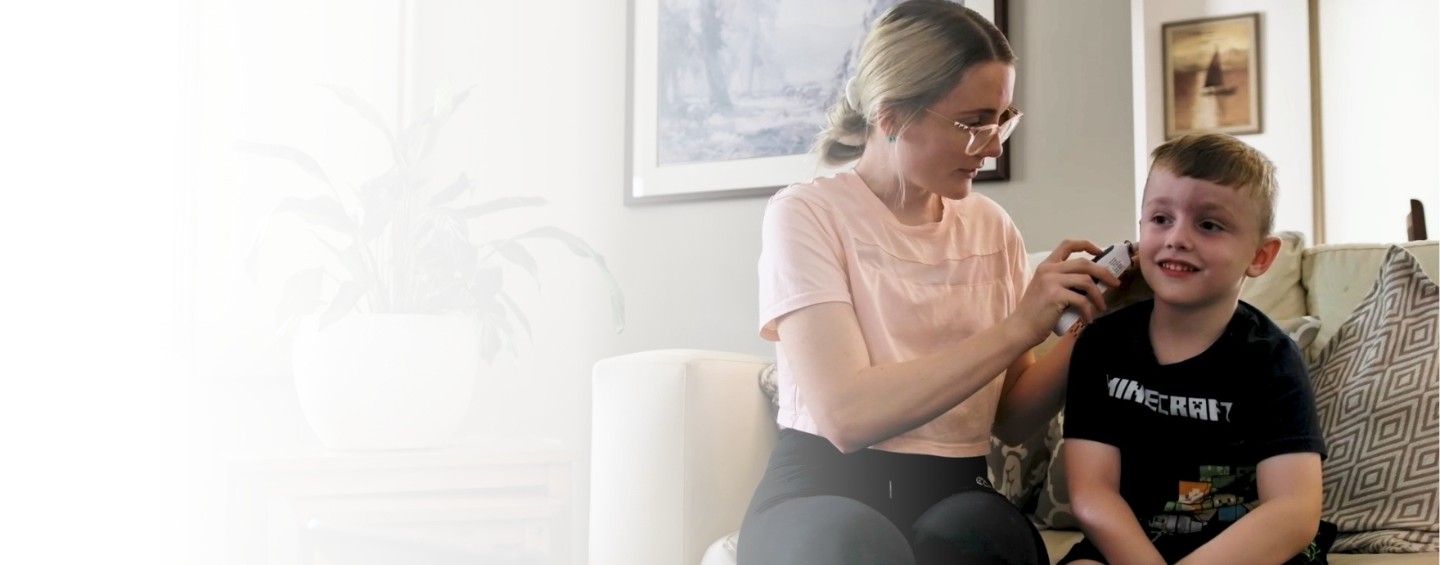Communicare
Built for primary and community care teams to improve collaboration and integration of services.
View product
Telstra Health’s Chief Health Officer, Dr Monica Trujillo and Virtual Care Business Lead, William Grant, alongside Cathie LaRiviere, Manager Virtual Health, Mackay Hospital and Health Services, and Dr Vlad Matic, Executive Clinical Services, Goondir Health Services, participated in a panel discussion which focused on ‘Improving health outcomes and clinical intervention through interoperable digital health solutions’.
During the 45-minute discussion, the four panellists shared their insights on a wide range of topics related to the main focus; these included lessons learnt from implementing sustainable and successful interoperable digital health solutions, and the difference between ‘connecting’ and ‘integrating’.
Dr Vlad and Cathie described how digital health is helping to power the care provided by Mackay Hospital and Health Services and Goondir Health Services, and the benefits this can have for both clinicians and patients.
The panellists also discussed how different systems can, and need, to work harmoniously together. When this happens, this can have enormous potential for improving health outcomes and clinical intervention.

The panellists shared their insights on how the successful integration of interoperable digital health solutions can be particularly advantageous for rural communities, and how digital health can truly be the great enabler for allowing health and care organisations, professionals and systems to deliver high-quality, safe healthcare at scale.
For example, Mackay Hospital and Health Services, which supports a total of eight communities across a land mass equating to approximately the size of Hungary, has harnessed models of virtual care to accommodate the needs of these communities.
Virtual care – or “real care” as described by Dr Monica – was a topic that resurfaced at several points throughout the discussion. The panellists explored how in modern day healthcare delivery, virtual care enables clinicians to live and work from wherever they prefer using user-friendly machines to deliver high-quality, safe healthcare.
On discussing the variety of ways in which technology can be exercised to simplify the delivery of clinical care, Dr Monica noted, “Virtual care is not just a nice to have. It’s a real form of access, making this an equaliser of care.”
Dr Vlad described virtual care as a form of care that hasn’t replaced healthcare, but which has provided more flexibility and choice. Dr Vlad noted that virtual care offers “a greater depth and richness” as it “has enabled patients to feel more empowered about taking more of an active role in their healthcare.”
Cathie shared a number of insightful learnings for supporting audience members who may have been at the start of their digital health journey.
Cathie advised assigning individuals within an organisation to manage the administration duties involved in training healthcare professionals on using new health technology solutions.
Cathie said, “Having centralised coordination for technology support has been critical [to Mackay Hospital and Health Services].” Cathie added that this has led to a huge improvement in adopting new digital health technologies compared to when Mackay Hospital and Health Services was at the start of its digital health journey.
Complementing this point, Virtual Care Business Lead at Telstra Health, Will also advised assigning ‘super users’ of virtual care technologies within an organisation who are experts in how to use the technology for the benefit of both their clinicians and patients, but also to advocate for the further adoption of Virtual Care where it’s appropriate.
“Over time, more and more patients are going to be asking their healthcare provider for virtual care,” Will said.
Among the many benefits of integrating healthcare systems and digital health solutions, Will noted that some of the key outcomes for these types of integrations include reducing clinical risk, improving the clinician experience in managing their patients and enabling the patient to feel more connected to their clinician.
“We don’t have to reinvent the wheel when it comes to the deployment of Virtual Care, however we do need to make sure that the care delivery is clinically appropriate when it is considered,” Will adds.
“Change happens when the price and risk of doing nothing exceeds the price and risk of doing something”, said Dr Vlad.
When asked what advice he would provide to those who may be at the start of their digital health journey, Dr Vlad advises bringing clinicians along on the journey into this new way of working.
“Be prepared for feedback, take this on board and refine. Care should be front and centre, not the technology,” adds Dr Vlad.
The panel discussion was facilitated by Peter Birch, Founder and CEO of Talking HealthTech – a content platform and community for people interested in learning about and connecting on technology in healthcare.
The Winter Summit featured a variety of virtual panel discussions between representatives from across the health and technology ecosystem.
Telstra Health was a gold sponsor of this year’s Talking HealthTech Winter Summit.
You can watch the full panel discussion at: Improving health outcomes through interoperable digital health solutions – Winter Summit 2022